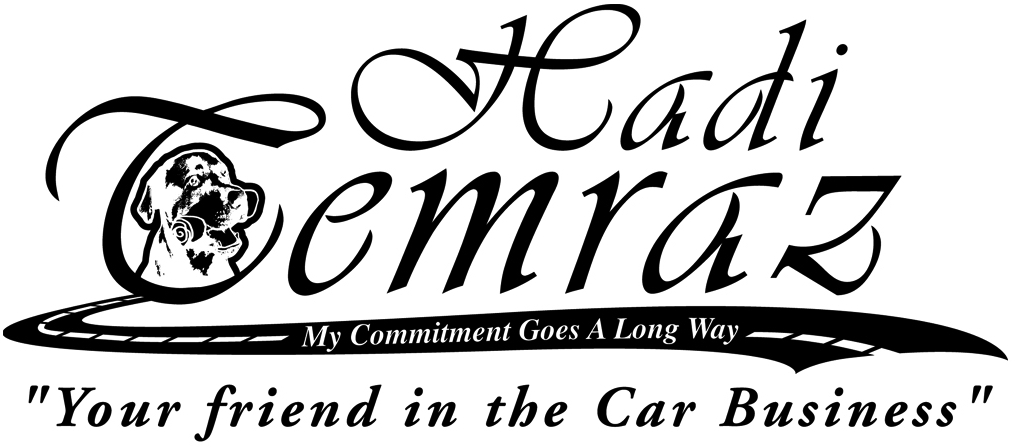Jeep Grand Cherokee "The Most Awarded Sport Utility Ever!"
/Jeep® Grand Cherokee has received more awards over its lifetime than any other SUV.
MID-SIZE SUV CHALLENGE WINNER
The 2014 Jeep® Grand Cherokee won the Cars.com/USA Today Mid-Size SUV Challenge in a head-to-head competition. Experts from Cars.com, USA Today, "MotorWeek" and a family representing the average mid-size SUV buyer tested six vehicles for fuel efficiency, practicality, driving ability, comfort and features. The Grand Cherokee came out on top.
SUV OF TEXAS / FULL-SIZE SUV OF TEXAS AWARDS
The 2013 Jeep® Grand Cherokee was awarded the prestigious "SUV of Texas" for the third consecutive year as well as "Full-Size SUV of Texas" by the Texas Auto Writers Association+.
A Consumers Digest® Best Buy
The 2013 Jeep® Grand Cherokee was awarded a "Best Buy" from Consumers Digest® in the Full-Size / Luxury SUV category.
Five Star Side Crash Rated
The U.S. Government awarded 2014 Jeep® Grand Cherokee with the Five-Star side crash rating+, its highest designation, thanks to over 45 available safety and security features.
Forward Collision Warning System recommended by NHTSA
The 2014 Jeep® Grand Cherokee offers an available Forward Collision Warning System+ recommended by the National Highway Traffic Safety Administration (NHTSA).
LUXURY SUV OF TEXAS AWARD
The ultra-premium 2013 Grand Cherokee Overland Summit was named the "Full-Size Luxury SUV of Texas" by the Texas Auto Writers Association+.
Ward's Top 10 Engine
The influential Ward's magazine awarded the 3.6L Pentastar® V6 engine as one of the 10 Best Engines+ for 2013.
Official Winter Vehicle of New England
The 2013 Jeep® Grand Cherokee has been named the "Official Winter Vehicle of New England" by the New England Motor Press Association (NEMPA).
Best-in-Class 4x4 Capability
Off-road capability has been at the core of the Jeep® brand from the beginning. The 2014 Grand Cherokee has Best-in-Class 4x4 Capability+.
Best-in-Class Ground Clearance
Rising above the competition, the Jeep® Grand Cherokee claims Best-in-Class Ground Clearance with the Quadra-Lift®+ Air Suspension system.
Best-in-Class Driving Range (V6 and V8)
Both the 3.6L Pentastar® V6 engine and 5.7L V8 engine feature Variable Valve Timing to help achieve Best-in-Class Driving Range+ (assuming all highway).
Source: http://www.jeep.com/en/grand-cherokee/awards/?sid=913821&KWNM=jeep+grand+cherokee+awards&KWID=5977210684&TR=1&channel=paidsearch










